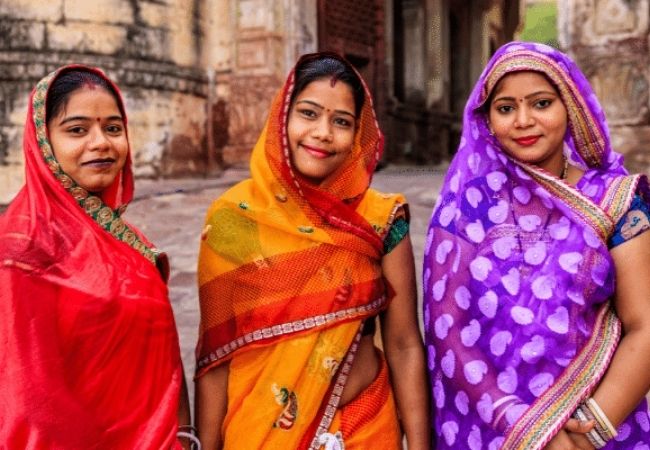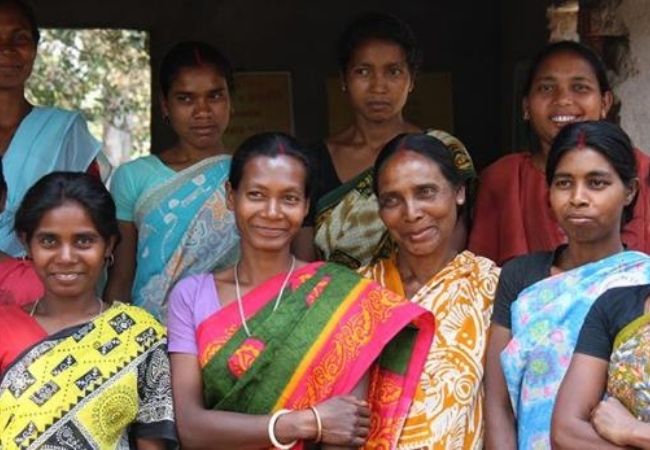
According to the fifth round of the National Family and Health Survey (NFHS), India is the home to more women than men. There are 1,020 women for every 1,000 men as per the report released by the Union Health Ministry on Wednesday.
The country can no longer be called a country of “missing women,” a phrase used by Amartya Sen, a Nobel Prize-winning economist in a 1990 essay in the New York Review of Books. Then, there were 927 women per 1,000 men in India. Besides, as per the survey NFHS-3, conducted in 2005-06, the ratio of women and men was equal – 1000:1000. However, it went down to 991:1000 and this is the first time in an NFHS or Census, the number of women per 1000 men spiked.
“The improved sex ratio and sex ratio at birth is also a significant achievement; even though the real picture will emerge from the census, we can say for now looking at the results that our measures for women empowerment have steered us in the right direction,” said Vikas Sheel, additional secretary, Union ministry of health and family welfare and mission director, National Health Mission.

Meanwhile, the gender ratio of children at birth stands at 929, which suggests that the son preference still exists in various forms. However, the sex ratio is a significant achievement aimed to curb sex selection practices that were once rampant and female infanticide and the fact that women tend to live more than men.
In 2010-14 data of Census of India states that the average life expectancy at birth for men and women was 66.4 years and 69.6 years.
The survey put forward some other facts as well:
The share of the population under the age of 15 years has come down to 26.5% in 2019-2021, which was 34.9% in 2005-06.
“The fact that we are now an aging population suggests that our approach to women’s health needs a more holistic life cycle view rather than one that prioritises reproductive health only,” said Yamini Aiyar, president of the Centre for Policy Research. “The fact that more women have completed ten years of schooling in 2019-20 than previously coincides with a drop in female labour force participation points to significant structural challenges in India’s labour market. These need to be urgently addressed if India is to make progress,” he added.

Lastly, the fertility rate (TFR), or the average number of children per woman in India is just 2, which is below the internationally accepted replacement level fertility rate. Besides, the point at which a population completely replaces itself from one generation to the next is 2.1. This suggests that India’s population may have peaked.
“There is usually a gap of 30-40 years between total fertility rate falling below replacement levels and a decline in the overall population because the population which will give birth in the next 10-15 years has already been born in the past when fertility levels were higher,” said Dr. KS James, director and senior professor at the International Institute for Population Sciences. “Of course, the population growth in southern states is going to fall at a faster rate than the rest of the country,” he added.




